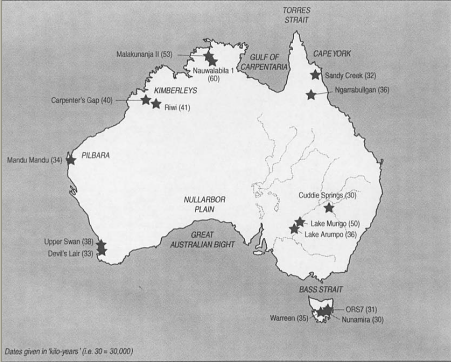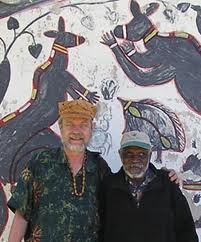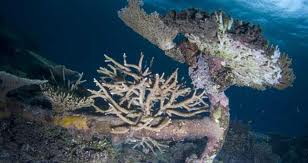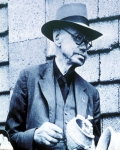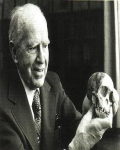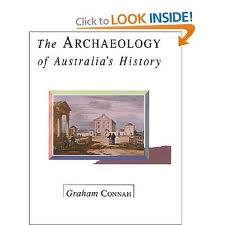- Latest Archaeology Updates
- Importance and applicability
- Famous Archaeologists
- Museums Collections
- Site Map
- World Heritage Sites
- World History Monuments
- Archaeological Organizations
- World Atlas of Archaeology
- Forensic Investigation and Geophysics
- Contact Us
- Movies based on Archaeology
- Frequently Asked Questions
- Archaeological discoveries
- Tell a Friend
- Archaeological Abbreviations
- Gallery Collections
- Famous-Museums site map
- Famous-archaeologists site map
- Archaeological Monuments site map
Historical Archaeology is the study of the past through material remains such as artifacts (i.e. objects), structures, features, and even whole landscapes modified by human activity and their spatial and stratigraphic contexts.
In Australia much of this discussion has been avoided and definitions of historical archaeology such as those adopted by the Australasian Society for Historical Archaeology and the Government regulatory agencies, have focused on a definition emphasizing the combined use of documentary and material evidence.
The professional practice of archaeology in Australia is a relatively recent endeavor, only crystallizing into a distinct discipline in the 1960s and 1970s.
It was during this period that Australian archaeology was first taught at Australian universities, that professional organizations dedicated to Australian archaeology were formed, that Federal and State legislation was enacted to protect archaeological sites and artifacts, and that employment opportunities opened up, either in government departments and other institutions or in cultural heritage management.
Since then, there has been an enormous increase in the number of recorded sites, as well as increasing evidence for their environmental and cultural diversity, a growing understanding of the antiquity of Aboriginal occupation within Australia and an increasing interest in colonial (historical) and maritime archaeology.
However, there is still much work to be done in all areas of the country. Australian archaeology today covers a variety of interests: from Indigenous archaeology focusing on the Aboriginal and Torres Strait Islander occupation of Australia over the last 50,000 years, to historical archaeology which deals with the last few hundred years since colonial contact.
The contemporary shape of academic archaeology in Australia reflects our colonial origins. Our major research and teaching departments were established by British or British-trained academics that followed the British model of treating archaeology as a separate discipline to anthropology.
Maritime Archaeology in Australia is also seen by some as a branch of historical archaeology. Certainly there is a considerable overlap in interests and techniques and this has been recognized by close relationships between the two professional bodies the Australasian Society for Historical Archaeology and the Australasian Institute for Maritime Archaeology.
The professional practice of archaeology in Australia is a relatively recent endeavor, only crystallising into a distinct discipline in the 1960s and 1970s.
The aim of the book is to provide an introduction to the archaeology of the last two centuries in Australia.
- Australian Archaeology :
The Australian Archaeological Association Inc. (AAA) is one of the largest archaeological organisations in Australia, representing a diverse membership of professionals, students and others with an interest in archaeology.
- Australian Archaeology History : Australian Archaeology is a large sub-field in the discipline of Archaeology. Archaeology in Australia takes three main forms, Aboriginal Archaeology , Historical Archaeology and Maritime Archaeology.
-
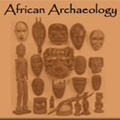 African Archaeology Africa has the longest record of human activity of any part of the world and along with its geographical extent; it contains an enormous archaeological resource. Scholars have studied Egyptology for centuries but archaeologists have only paid serious attention to the rest of the continent in more recent times.
African Archaeology Africa has the longest record of human activity of any part of the world and along with its geographical extent; it contains an enormous archaeological resource. Scholars have studied Egyptology for centuries but archaeologists have only paid serious attention to the rest of the continent in more recent times. -
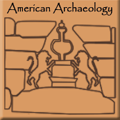 American Archaeology Archaeology of the Americas is the learning of the archaeology of North America, Central America (or Mesoamerica), South America and the Caribbean, which is to say, the pre-history and Pre-Columbian history of Native American peoples.
American Archaeology Archaeology of the Americas is the learning of the archaeology of North America, Central America (or Mesoamerica), South America and the Caribbean, which is to say, the pre-history and Pre-Columbian history of Native American peoples. -
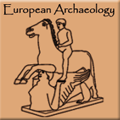 European Archaeology In terms of area, Europe is the world's second smallest continent, with an area of 10,400,000 kmē (4,000,000 square miles), making it slightly larger than Australia.
European Archaeology In terms of area, Europe is the world's second smallest continent, with an area of 10,400,000 kmē (4,000,000 square miles), making it slightly larger than Australia. -
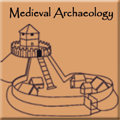 Medival archaeology The period covers the commotion caused by the fall of the Medival archaeology Roman Empire and cultures such as the Vikings, Saxons and Franks.
Medival archaeology The period covers the commotion caused by the fall of the Medival archaeology Roman Empire and cultures such as the Vikings, Saxons and Franks. -
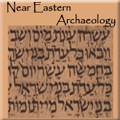 Near Eastern Archaeology Near Eastern Archaeology is a wide generalised application, and is divided into further regional sub-branches, the archaeology of modern states in the region or along broad thematic lines.
Near Eastern Archaeology Near Eastern Archaeology is a wide generalised application, and is divided into further regional sub-branches, the archaeology of modern states in the region or along broad thematic lines. -
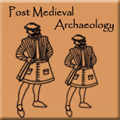 Post Medieval Archaeology The Post Medieval Archaeology is considered as a bi-annual journal study of the material evidence of European society. This period saw the conversion of medieval to industrial society.
Post Medieval Archaeology The Post Medieval Archaeology is considered as a bi-annual journal study of the material evidence of European society. This period saw the conversion of medieval to industrial society. -
 Modern Archaeology In contrast to the antiquarianism of classical archaeology, anthropological archaeology today is concerned with culture history (i.e., the chronology of events and cultural traditions) and the explanation of cultural processes.
Modern Archaeology In contrast to the antiquarianism of classical archaeology, anthropological archaeology today is concerned with culture history (i.e., the chronology of events and cultural traditions) and the explanation of cultural processes.

